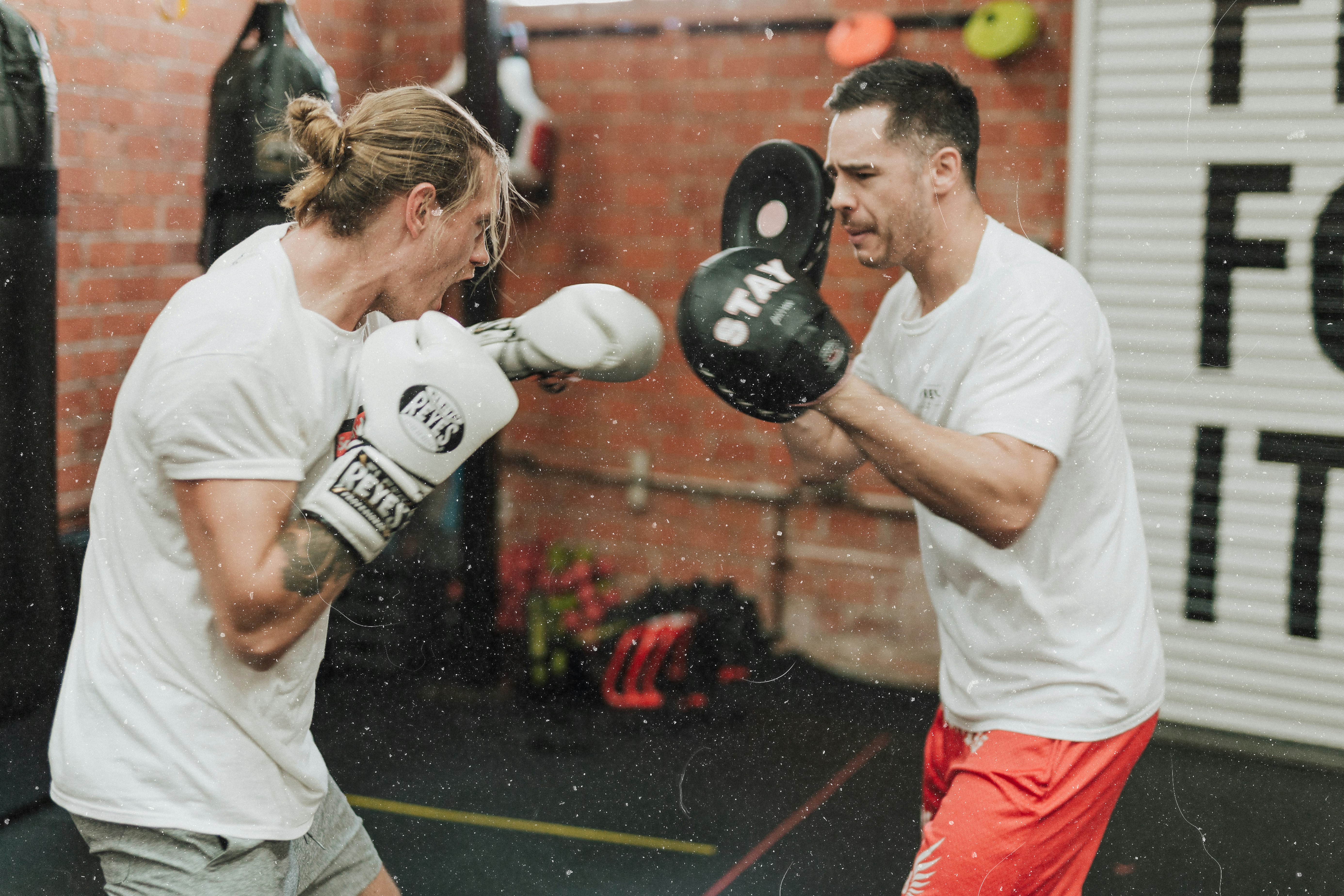Uncovering the Intricacies of Sports Biomechanics
Sports and science have always been intertwined. However, in recent times, the fusion of these two disciplines has become more profound and sophisticated, giving rise to a specialized field known as sports biomechanics. In this article, we delve into the fascinating world of sports biomechanics, its roots, its relevance in contemporary sports, and its potential for shaping the future.

The Genesis of Sports Biomechanics
When we talk about sports biomechanics, we refer to the study of the mechanical principles that govern human movement during sports activities. It is a niche field that lies at the intersection of physics, biology, and sports science. The history of sports biomechanics can be traced back to ancient Greece, where the concept of ‘kinesiology’ was born. However, the formal establishment of sports biomechanics as a scientific discipline didn’t occur until the 20th century.
Unraveling the Complexities of Human Movement
The heart and soul of sports biomechanics lie in decoding the complexities of human movement. It uses principles of physics to understand the effects of forces on the human body, like the impact of gravity on a sprinter’s acceleration or the influence of angular momentum on a gymnast’s rotation. This knowledge helps athletes optimize their performance, reduce injury risks, and enhance their overall sporting experience.
The Role of Sports Biomechanics in Performance Enhancement
Sports biomechanics has become an integral part of modern sports training. Coaches and athletes employ biomechanical analyses to fine-tune techniques, enhance performance, and mitigate injury risks. For instance, in sports like swimming and cycling, understanding drag forces and leveraging biomechanical principles can help athletes improve their speed and efficiency.
Challenges and Limitations
Despite its immense benefits, sports biomechanics has its limitations. The human body is an incredibly complex system, and no two individuals have the exact same biomechanics. Therefore, a ‘one-size-fits-all’ approach may not yield the desired results. Also, the practical application of biomechanical principles requires advanced equipment and specialized knowledge, which may not be accessible to all athletes.
The Future of Sports Biomechanics
The advent of advanced technology and sophisticated data analysis techniques promises an exciting future for sports biomechanics. The use of high-speed cameras, motion capture technology, and artificial intelligence can revolutionize the way we understand and apply biomechanics in sports.
In conclusion, sports biomechanics is a fascinating field that blends science and sports in the quest for athletic excellence. It brings a scientific rigor to sports training and performance, enabling athletes and coaches to push the boundaries of human potential. Whether you’re a professional athlete or an ardent sports enthusiast, understanding the principles of sports biomechanics can enrich your sports experience and foster a deeper appreciation for the intricacies of human movement.




